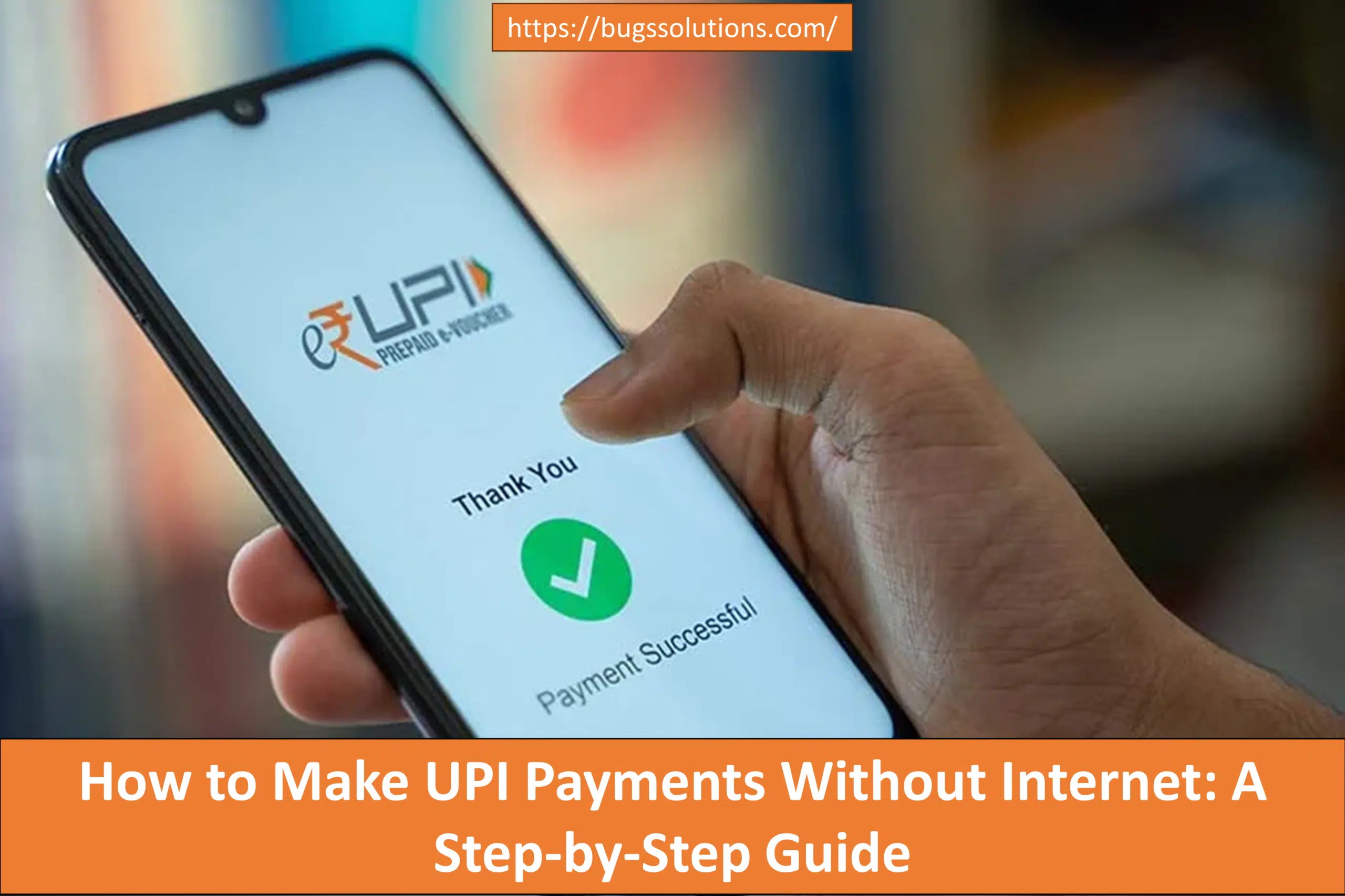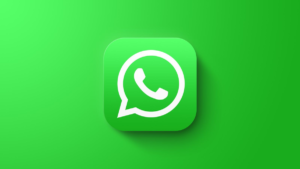UPI Payments Without Internet : Unified Payments Interface (UPI) is a revolutionary digital payment system that has transformed the way financial transactions are conducted in India. Developed by the National Payments Corporation of India (NPCI), UPI facilitates instant money transfers between bank accounts through a single mobile application for multiple bank accounts. The significance of UPI lies in its simplicity, speed, and the convenience it provides, allowing users to carry out transactions 24/7, including on weekends and public holidays.
Understanding UPI and Its Limitations to for UPI Payments Without Internet
One of the key advantages of UPI is its ability to integrate various bank accounts into a single platform, thus eliminating the need for multiple banking apps. Users can quickly transfer money, pay for goods and services, and even make utility bill payments using only their smartphones. The system uses virtual payment addresses (VPAs) to ensure that sensitive information such as bank account numbers and IFSC codes are kept confidential.
Despite its numerous benefits, UPI transactions traditionally rely on an active internet connection. This dependency on internet connectivity poses a significant limitation, especially in regions with poor network coverage or during unforeseen disruptions in service. Such interruptions can prove particularly frustrating in emergency situations when quick access to funds is crucial. Whether it is paying for a cab ride, purchasing essential items, or transferring money to a family member in need, the inability to complete transactions due to internet issues can be a major inconvenience.
Make UPI Payments Without Internet (USSD Guide – India)
No internet? No problem! Here’s how to pay with UPI offline:
- *Dial 99# on your phone. (This is the USSD code for mobile banking).
- Select your language if prompted.
- Choose ‘Send Money’ (option may vary).
- Pick how to identify receiver: UPI ID, phone number, or account details.
- Enter recipient’s info carefully.
- Enter amount to be transferred.
- Enter your UPI PIN to confirm.
- Receive confirmation message upon successful transaction.pen_spark
Also Read : Realme GT 6T with Snapdragon 7 Gen 3 SoC Launched in India: Price, Specs, and More
Recognizing these challenges, innovations have been introduced to enable UPI payments without an active internet connection. These offline UPI payment solutions ensure that users can continue to enjoy the benefits of digital transactions even in the absence of internet connectivity. By leveraging USSD (Unstructured Supplementary Service Data) technology, users can perform basic banking activities using simple mobile codes. This offline solution not only enhances the accessibility of UPI but also addresses the limitations faced during connectivity outages.
Introducing the USSD-Based UPI Payment Solution
The advent of USSD (Unstructured Supplementary Service Data) technology has revolutionized the way we conduct financial transactions, particularly for those without reliable internet access. This innovative solution facilitates offline UPI payments, ensuring that users can carry out essential banking services even in areas with limited or no internet connectivity. The National Payments Corporation of India (NPCI) introduced this service to bridge the digital divide and enhance financial inclusion across the country.
To leverage this offline UPI payment solution, users need to dial the specific USSD code *99# from their mobile phones. This code acts as a gateway to a plethora of banking services, allowing users to check their account balance, transfer funds, and even generate mini-statements, all without requiring an internet connection. By simply following the prompts on the phone screen, users can seamlessly navigate through various banking options and perform transactions in a secure and efficient manner.
The accessibility and convenience offered by the USSD-based UPI payment solution are particularly beneficial in rural and remote areas where internet connectivity is often sporadic. This service ensures that individuals in these regions are not left behind in the digital banking revolution. By providing a reliable and straightforward method for conducting financial transactions, the USSD platform empowers users to manage their finances independently and with confidence.
Moreover, the simplicity of the USSD interface ensures that even those who are not tech-savvy can use the service with ease. There is no need for smartphones or advanced digital literacy; a basic mobile phone and a registered bank account are all that is required to get started. This inclusivity is a testament to the NPCI’s commitment to making banking services accessible to all segments of the population.
In conclusion, the USSD-based UPI payment solution represents a significant step forward in ensuring financial accessibility and convenience for users without internet access. By dialing *99#, individuals can perform a wide range of banking transactions effortlessly, regardless of their location or internet connectivity.
Step-by-Step Guide to Making a UPI Payment Using USSD
Unified Payments Interface (UPI) has revolutionized digital transactions in India, enabling seamless transfers with just a few taps. Even without an internet connection, you can make UPI payments offline using the USSD code. Here is a detailed step-by-step guide to help you navigate through this process.
To begin, dial *99# from your mobile phone. This will bring up the USSD-based mobile banking menu. If this is your first time using *99#, you might be prompted to select your preferred language.
Once the language selection is complete, you will see a menu with various banking services. To initiate a UPI transaction, select the option for ‘Send Money’ by entering the corresponding number and pressing ‘Send’. Next, you will be prompted to choose the method for identifying the recipient. You can select the recipient’s UPI ID, mobile number, or account number/IFSC code.
If you choose the UPI ID method, enter the recipient’s UPI ID carefully and press ‘Send’. After that, input the amount you wish to transfer and press ‘Send’ again. Ensure that the entered amount is correct to avoid any discrepancies.
Next, you will be asked to enter your UPI PIN. This step is crucial for verifying and authorizing the transaction. Enter your UPI PIN and press ‘Send’. If the entered PIN is correct, you will receive a confirmation message indicating that the transaction has been successfully completed. If there is an error, you may be prompted to try again.
For a smooth transaction, ensure that you have sufficient balance in your account and that the recipient’s UPI ID is correct. Double-check all details before confirming the transaction. If you encounter any issues, such as incorrect UPI ID or insufficient balance, the USSD system will notify you with an appropriate error message. Follow the instructions provided to resolve these issues.
By following these steps, you can efficiently conduct UPI transactions offline, ensuring uninterrupted financial activities even in areas with limited internet connectivity.
Benefits and Limitations of Using USSD-Based UPI Payments
USSD-based UPI payments offer a significant advantage by providing a seamless and straightforward method for conducting financial transactions without the need for an internet connection. This accessibility is particularly beneficial in remote areas where internet connectivity may be unreliable or completely unavailable. With just a basic mobile phone, users can perform a variety of essential banking functions, such as checking account balances, transferring funds, and paying bills, making the solution highly practical and user-friendly.
Another significant benefit is the ease of use. The USSD-based UPI payment system is designed with simplicity in mind, requiring users to dial a specific code and follow a series of prompts to complete their transactions. This minimizes the learning curve and ensures that even those with minimal technical knowledge can use the service efficiently. Additionally, the service is cost-effective, as it typically incurs minimal charges compared to online banking or mobile apps.
However, there are certain limitations to consider. One notable drawback is the potential transaction limits imposed by banks or mobile service providers. These limits can restrict the amount of money that can be transferred in a single transaction or within a day, which might be inconvenient for users needing to make larger payments. Compatibility issues with certain mobile networks can also pose challenges, as not all service providers may support USSD-based UPI transactions. Furthermore, the requirement for basic mobile literacy means that individuals unfamiliar with mobile phone operations might find it challenging to use the service effectively.
Despite these limitations, USSD-based UPI payments represent a valuable addition to the UPI ecosystem. This service can be a lifesaver in critical situations, such as emergencies where immediate financial transactions are necessary but internet access is unavailable. By bridging the gap between digital banking and traditional mobile phone usage, USSD-based UPI payments enhance financial inclusion, ensuring that more people have access to essential banking services regardless of their location or technological proficiency.










